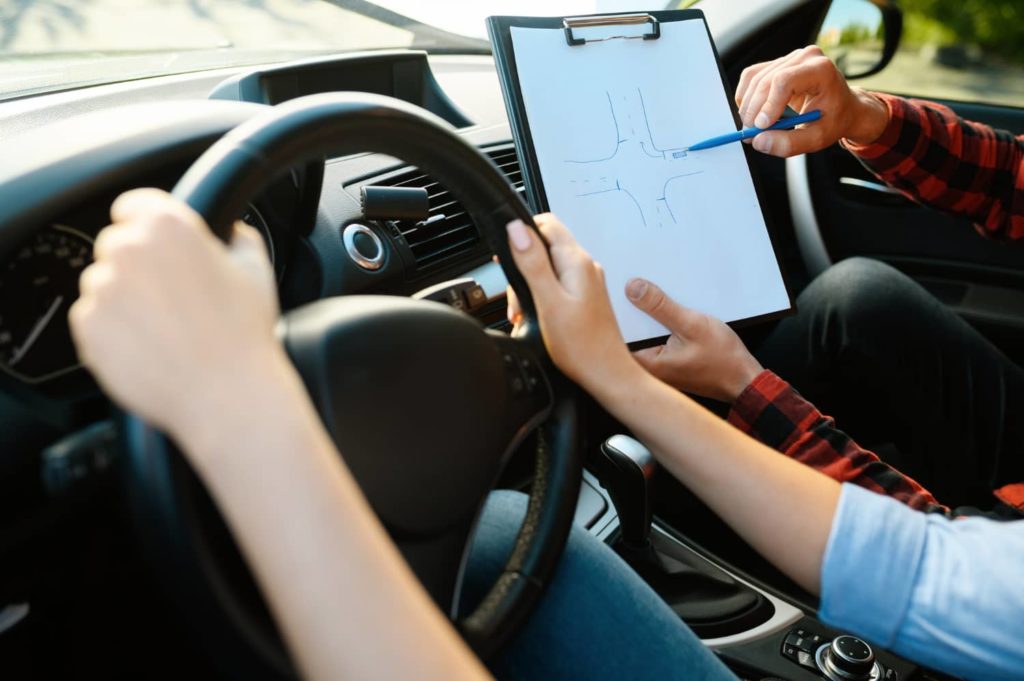Taking your first driving lesson is an exciting yet nerve-wracking experience. Whether you’re a complete novice or have had a bit of practice, knowing what to expect can help ease your nerves and make the experience more enjoyable. Here’s a comprehensive guide to help you prepare for your first driving lesson in Campbelltown, NSW.
1. Booking Your Lesson
Before your first lesson, you’ll need to book with a reputable driving school. Here’s what to consider:
- Choosing the Right School: Look for a driving school with good reviews, qualified instructors, and a structured lesson plan. Pro Learners Driving School in Campbelltown is an excellent choice.
- Scheduling: Book a time that fits your schedule. Make sure you’re not rushed and can dedicate the full time to your lesson.
- Confirmation: Confirm your booking a day before your lesson to avoid any last-minute surprises.
2. What to Bring
Being prepared with the right documents and items will help your lesson go smoothly:
- Learner’s Permit: You must have your learner’s permit with you, as it’s illegal to drive without it.
- Comfortable Clothing: Wear comfortable clothing and shoes that provide good control over the pedals. Avoid high heels or thick-soled shoes.
- Sunglasses: Bring sunglasses if it’s sunny, to help reduce glare and improve visibility.
- Notebook and Pen: A notebook can be useful to jot down any tips or feedback from your instructor.
3. Mental Preparation
Being mentally prepared is just as important as being physically prepared:
- Stay Calm: It’s natural to feel nervous, but try to stay calm. Remember, your instructor is there to guide and support you.
- Positive Attitude: Approach the lesson with a positive mindset. Be open to learning and making mistakes.
- Visualize Success: Visualize yourself driving confidently and successfully completing the lesson.
4. Meeting Your Instructor
Your instructor will play a crucial role in your learning experience:
- Introduction: The instructor will introduce themselves and explain their approach to teaching.
- Discussion: There will be a brief discussion about your previous driving experience (if any), your goals, and what you hope to achieve from the lessons.
- Setting Expectations: The instructor will outline what will happen during the lesson and set clear expectations.
5. Starting the Lesson
Here’s what typically happens during your first driving lesson:
- Vehicle Familiarization: Your instructor will introduce you to the car’s controls, including the steering wheel, pedals, gear stick, indicators, and dashboard.
- Basic Checks: You’ll learn how to adjust your seat, mirrors, and steering wheel for a safe and comfortable driving position. The instructor will also show you how to perform basic safety checks.
- Controls Practice: Before you start driving, you’ll practice using the controls while the car is stationary. This includes turning the wheel, pressing the pedals, and using the indicators.
- Starting the Engine: Your instructor will guide you through starting the engine and explain the basic operation of the vehicle.
6. Driving Basics
Once you’re familiar with the car’s controls, it’s time to start driving:
- Moving Off: You’ll learn how to safely move the car from a stationary position. This includes checking mirrors, signaling, and using the clutch and accelerator.
- Stopping: Practice stopping the car safely and smoothly, including checking mirrors and using the brake pedal.
- Steering: Learn how to steer the car correctly, including hand positioning and turning techniques.
- Changing Gears: If you’re learning in a manual car, you’ll practice changing gears smoothly.
7. Road Practice
Your instructor will take you to a quiet area to practice driving on the road:
- Residential Streets: You’ll likely start on quiet residential streets where there’s little traffic. This allows you to focus on basic driving skills without the stress of heavy traffic.
- Basic Maneuvers: Practice basic maneuvers such as turning at intersections, following the road, and stopping and starting.
- Feedback: Your instructor will provide continuous feedback to help you improve and correct any mistakes.
8. Ending the Lesson
At the end of the lesson, your instructor will summarize what you’ve learned and provide feedback:
- Review: Review the key points of the lesson and discuss what you did well and what needs improvement.
- Questions: Ask any questions you might have about the lesson or specific driving scenarios.
- Next Steps: Discuss the next steps, including what you’ll focus on in the next lesson and any additional practice you can do on your own.
Tips for a Successful First Lesson
- Stay Relaxed: It’s normal to feel nervous, but try to stay relaxed and enjoy the learning process.
- Listen Carefully: Pay close attention to your instructor’s guidance and ask for clarification if you’re unsure about anything.
- Practice Patience: Learning to drive takes time and practice. Be patient with yourself and focus on gradual improvement.
- Stay Safe: Always prioritize safety. Follow the instructor’s instructions and stay aware of your surroundings.
Final Thoughts
Preparing for your first driving lesson involves more than just showing up. By being prepared, staying calm, and having a positive attitude, you can make the most of your lesson and set a solid foundation for your driving journey. At Pro Learners Driving School in Campbelltown, we’re dedicated to providing you with the support and instruction you need to become a confident and safe driver.
Ready to book your first lesson? Contact us today to get started on the road to driving success!

